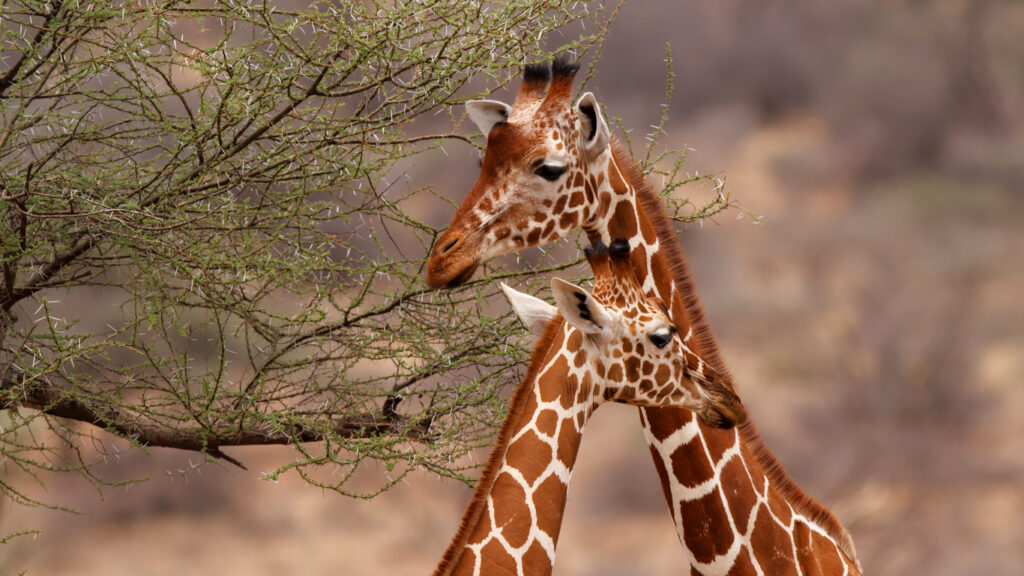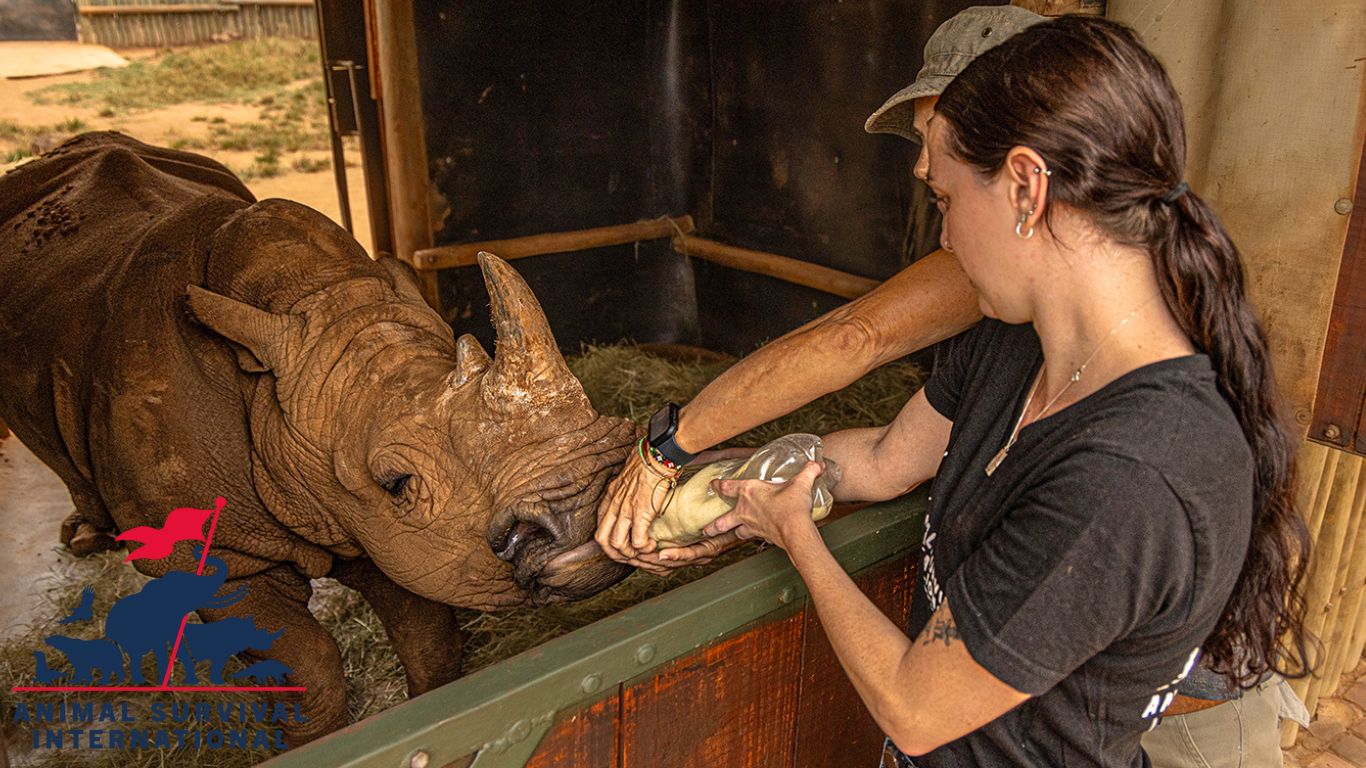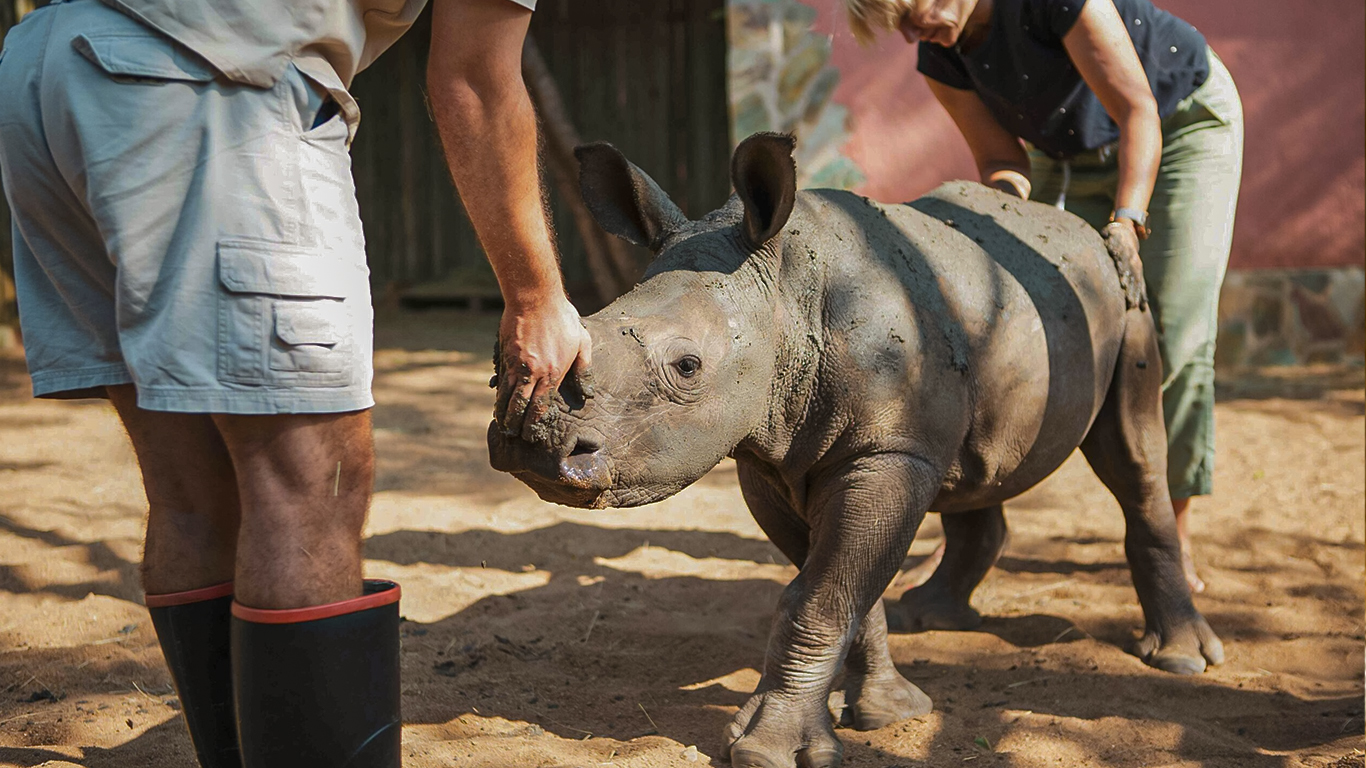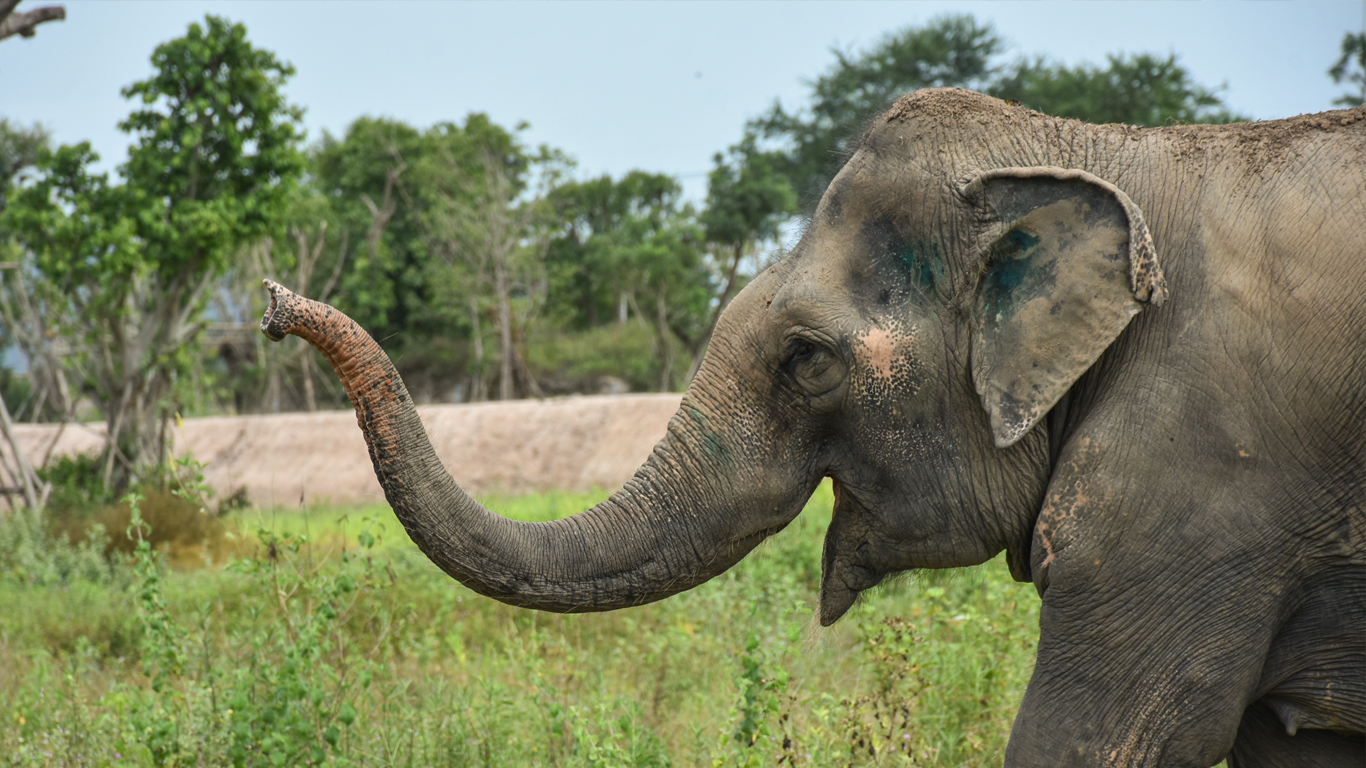In February, your donations helped the ASI team tackle challenges facing elephants, giraffes and vultures in Kenya and South Africa.
We are incredibly grateful to our compassionate supporters who make the work we do possible.
Wajir, Kenya
Stepping up anti-poaching efforts for endangered reticulated giraffes.
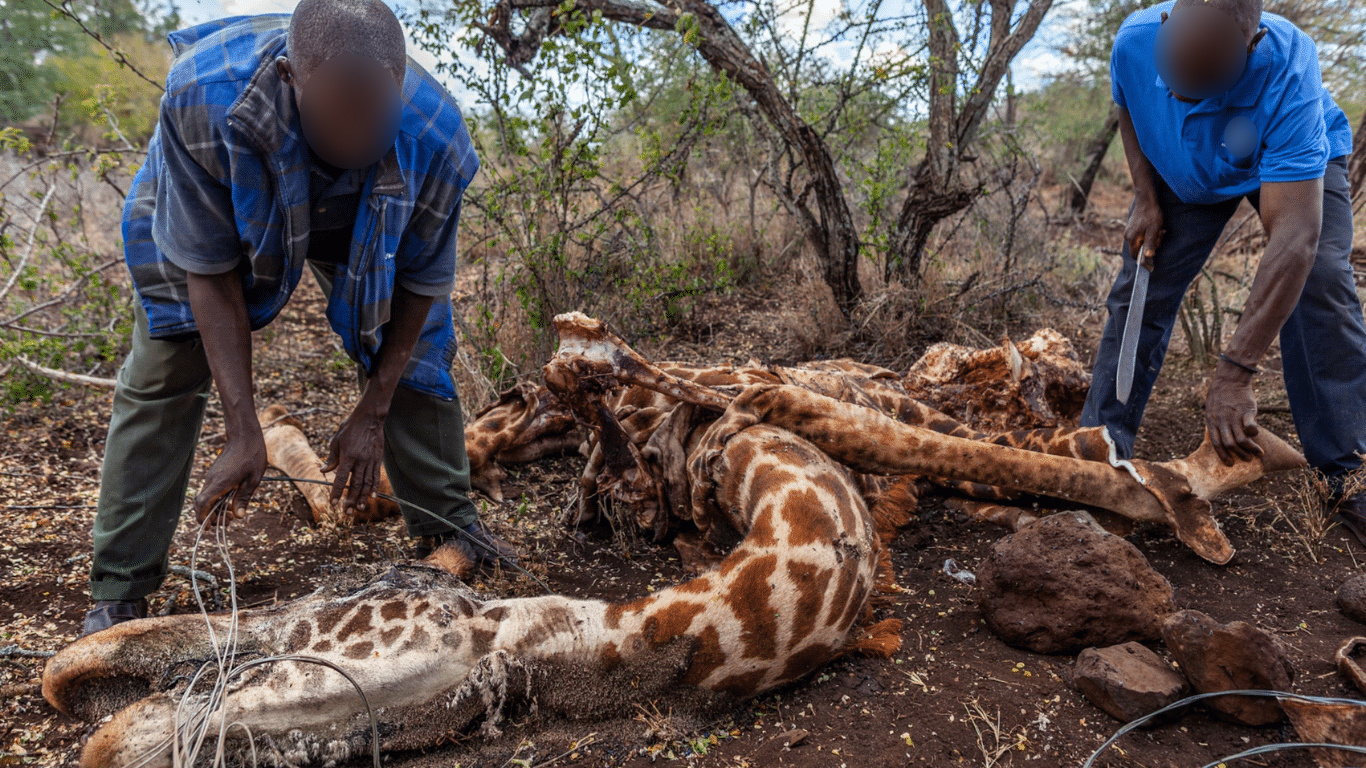
Tragically, an estimated 8,500 reticulated giraffes are left in the wild. Poachers target the animals for their meat, skin, bone marrow and other body parts - the meat of one adult giraffe can fetch hundreds of dollars or pounds. In some cases, this may be as much as $450 (£368), which means that poachers have a lot to gain from a single killing.
To protect these endangered creatures, we are focusing our conservation efforts in Wajir County in northern Kenya, where approximately 6,000 endangered reticulated giraffes reside – the largest pool of the subspecies. Here, we have joined forces with the Sabuli Wildlife Conservancy (SWC) to step up anti-poaching measures. Their funds are severely limited, and as poaching increases, they urgently need support to equip and train their dedicated team.
Thanks to your support, we were able to provide the SWC with much-needed funds for vital anti-poaching equipment and tools to enable them to pinpoint and apprehend poachers efficiently. Your donations will give countless unique reticulated giraffes a chance to live and thrive in the wild.
Wajir is also the center of our efforts to bring water to dehydrated elephants and other wildlife.
More than 200 elephants and at least 1,000 more wild animals, including giraffes, wildebeest and endangered Grevy’s zebras, have died of thirst because of drought. Your donations have saved lives, but the drought is getting worse. This means we must be there for the animals indefinitely and we need your continued help. to preserve these animals.
We have focused our efforts on Turkana County, Kenya’s largest and northernmost county, and one of the worst-hit. While we have delivered water to meet the most urgent needs of the animals, we know that longer-term solutions are needed. Therefore, our plan is to install boreholes to provide a sustainable water supply to the wildlife of the region.
Constructing boreholes in the affected areas will be a lengthy and expensive process, but a critical one. We are currently fundraising to meet our financial goals and make this solution a reality.
Hartbeespoort, South Africa
Strengthening vulture numbers through vital breeding equipment and expert staff to care for hatched offspring

Vultures are perilously close to extinction. In just 30 years, Africa’s vulture numbers have plummeted by 90%. One of the major problems is that they are slaughtered for worthless “traditional” medicines. In other instances, farmers poison vultures because they are considered “pests”, or the birds accidentally fly into power lines.
The maligned and often misunderstood creatures are given little support because of their association with carrion and death, but if they were to be wiped out, the consequences for human and animal life would be catastrophic. Vultures play a crucial role in reducing the spread of diseases by picking decaying carcasses clean.
We are working with VulPro, a vulture conservation group which rescues and rehabilitates injured and poisoned birds and runs a successful breeding program. VulPro uses specialized incubators and hatchers that maintain optimal conditions for vulture eggs to develop and hatch, but they recently informed us that they are in urgent need of two more hatchers. We reached out to you for help and are pleased to announce that thanks to your generosity, we will be able to provide our dedicated partner with ongoing support towards their vulture conservation efforts.
Updates
Tzaneen, South Africa

In December 2022, we appealed to you to help us increase support for our pangolin rehabilitation partners in Africa, who have recently seen an influx of injured pangolins rescued from the insatiable and unrelenting illegal wildlife trade. Thanks to your generosity, we were able to rush funds to the Umoya Khulula Wildlife Centre in South Africa.
Your donations were used to purchase a crucial satellite tag for Barney, a rehabilitated male pangolin who has now officially been released. Barney is being closely monitored by the Umoya Khulula team and is said to be making great progress adjusting to his surroundings - and he’s gaining weight. Barney is one of many pangolins who now has a fighting chance at survival thanks to you.
Lake Kariba, Zimbawe
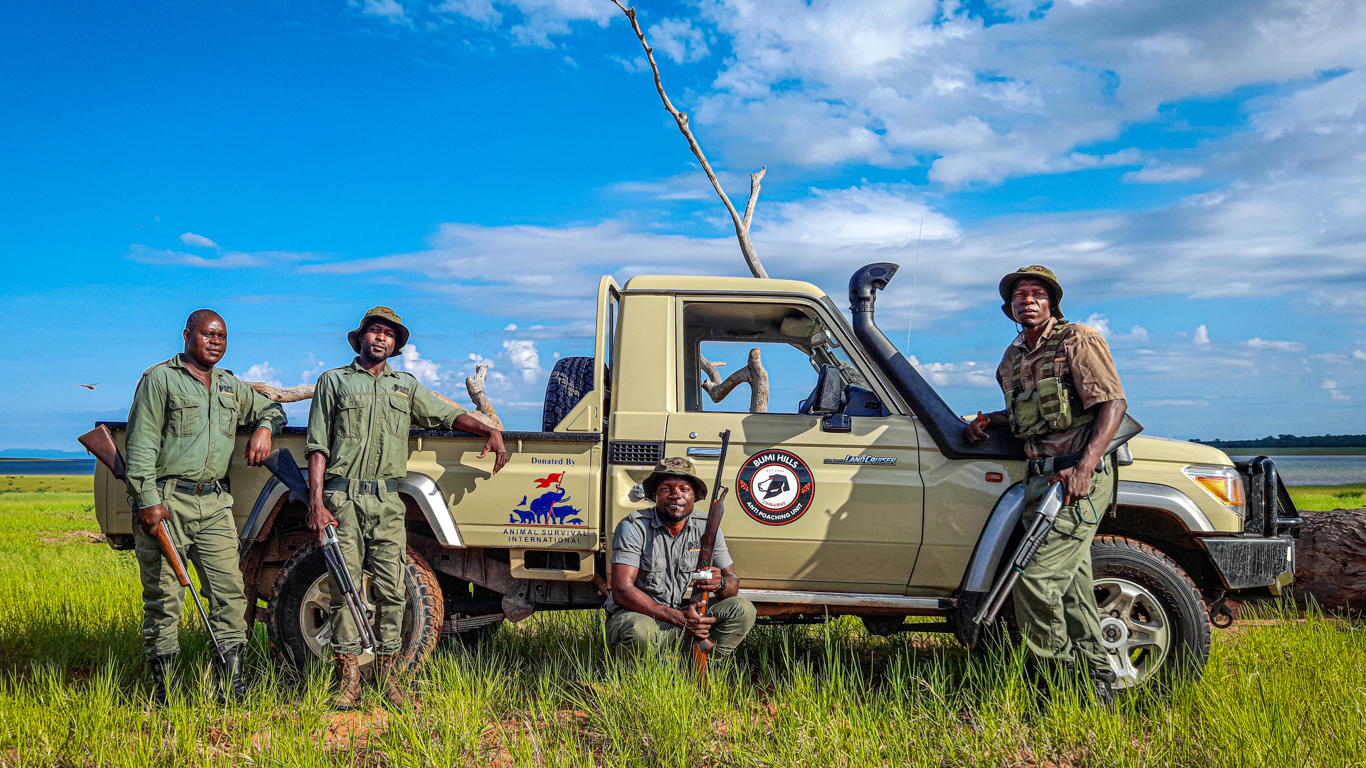
Last year, we asked you to help us raise enough money to purchase a vital patrol vehicle for our partner, the Bumi Hills Anti-Poaching Unit (BHAPU) in Zimbabwe. This vehicle plays a critical role in helping them protect more than 3,500 elephants from poachers at their reserve. Thanks to your generosity, we were able to purchase the vehicle, which is now in use and making a huge difference to the safety of these animals.
Kenya
In September last year, we appealed to you to help us fund a critical reforestation project in partnership with the MARA Elephant Project and Tamfeeds in Kenya. Thanks to your support, we raised enough money to buy and distribute more than 600,000 seedballs - expected to generate at least 6,000 trees - and now, the seeds have started to grow. Through this important project, we are helping to regenerate areas destroyed by illegal charcoal burning and in so doing, are helping to preserve the country’s dwindling wildlife populations.
Eastern Cape, South Africa
Remember the group of giraffes you helped us raise funds to relocate in the Eastern Cape, South Africa, last year? Miracle calf, Meadow, is now old enough to be lightly sedated for the move, and this precious family is almost ready to be relocated to their new home. In the meantime, thanks to your continued donations, we are covering the cost of food and monthly check-ups. Local vet, Murray, conducts regular assessments of the giraffes' overall health and wellbeing. We will keep you posted on their imminent relocation.
Montenegro
We are working on the ground in Montenegro to secure the release of a five-year-old brown bear, Ljubo, to a specialist bear sanctuary. We have now met with the Ministry of Agriculture, Vet Administration and Vet Chamber, and they have agreed to work with us to invite an independent expert on bear health and behavior to visit and fully assess Ljubo and his condition. We are awaiting further reports from the Ecological Inspectorate regarding the environment in which Ljubo is kept and are liaising closely with the Environmental Protection Agency on the legal processes needed to free and relocate Ljubo. The prosecutor’s Office is still investigating the cause of the death of 14 other animals at the so-called "sanctuary" in December 2022.
From the News Desk
At ASI, we strive to stay abreast of the latest wildlife conservation news so we can keep you informed on the most critical issues surrounding animals today.
More than half of reef sharks and rays threatened with extinction, study shows
More than half of the world’s known species of coral reef sharks and rays are now threatened with extinction. The primary culprit? Overfishing, along with the ravages of climate change and other environmental threats. Read more…
 Drakensberg Boys Choir sing for the survival of vultures
Drakensberg Boys Choir sing for the survival of vultures
There are many initiatives in place to help bolster conservation efforts for vultures - some of the world’s most maligned and misunderstood creatures. But certainly, one of the more distinctive ones is a recent collaboration to highlight their plight… through song! Read more…
 Elephant and rhino numbers rising in Uganda after years-long poaching wave
Elephant and rhino numbers rising in Uganda after years-long poaching wave
Populations of endangered elephants, rhinos and other wildlife in Uganda’s reserves is steadily growing, following years of decline as a result of poaching, illegal trafficking and conflict. Read more…
 Toxic “forever chemicals” in Norwegian Arctic ice pose new risk to wildlife
Toxic “forever chemicals” in Norwegian Arctic ice pose new risk to wildlife
The Norwegian Arctic is contaminated with disturbing levels of toxic per- and polyfluoroalkyl substances (PFAS), and the chemicals may put major environmental pressure on the region’s wildlife, according to an Oxford University-led study. Read more…
 Study warns European demand for frog legs could drive amphibians to ‘irreversible extinction’
Study warns European demand for frog legs could drive amphibians to ‘irreversible extinction’
Frog legs are one of the most infamous dishes on French restaurant menus - but the demand for the delicacy is destroying frog populations in Turkey, Albania and Indonesia. Read more…
News desk credits: Image 2: Great Adventure Safaris, image 3: Stefan Leimer & image 4: Wikimedia Commons/Hans Schneider.
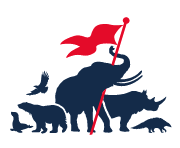
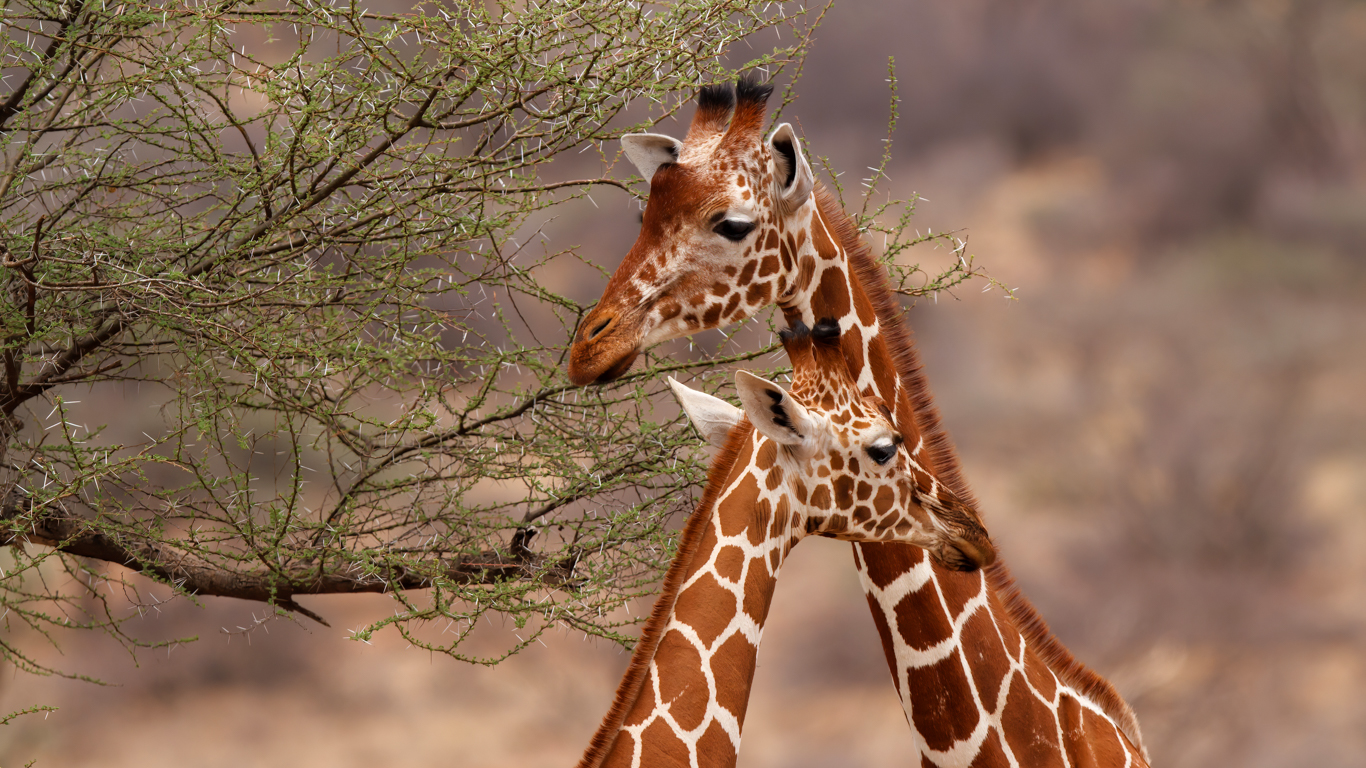

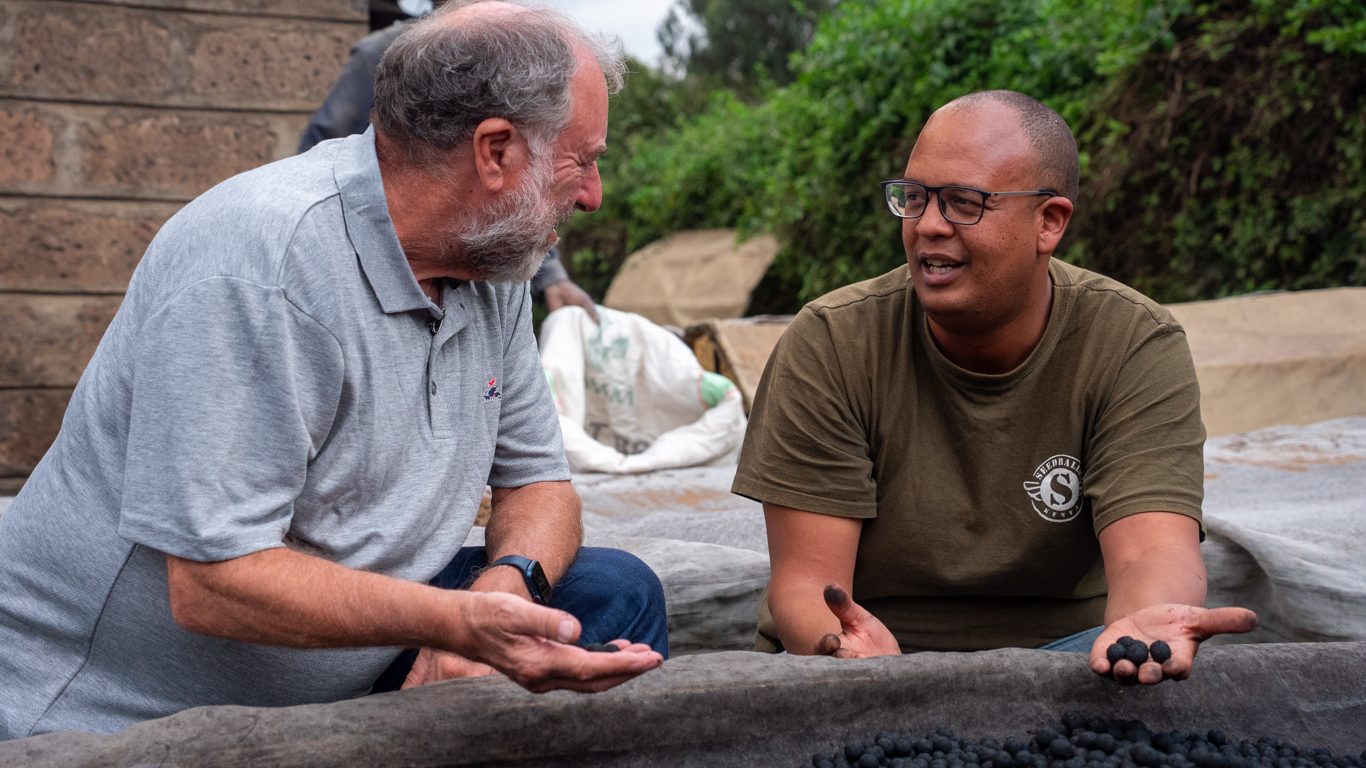


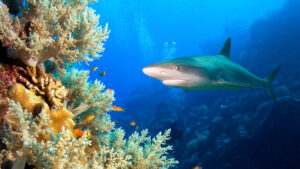
 Drakensberg Boys Choir sing for the survival of vultures
Drakensberg Boys Choir sing for the survival of vultures Elephant and rhino numbers rising in Uganda after years-long poaching wave
Elephant and rhino numbers rising in Uganda after years-long poaching wave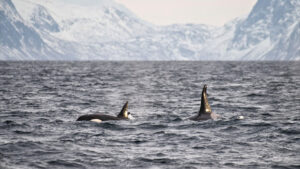 Toxic “forever chemicals” in Norwegian Arctic ice pose new risk to wildlife
Toxic “forever chemicals” in Norwegian Arctic ice pose new risk to wildlife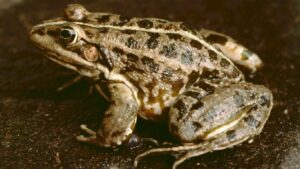 Study warns European demand for frog legs could drive amphibians to ‘irreversible extinction’
Study warns European demand for frog legs could drive amphibians to ‘irreversible extinction’